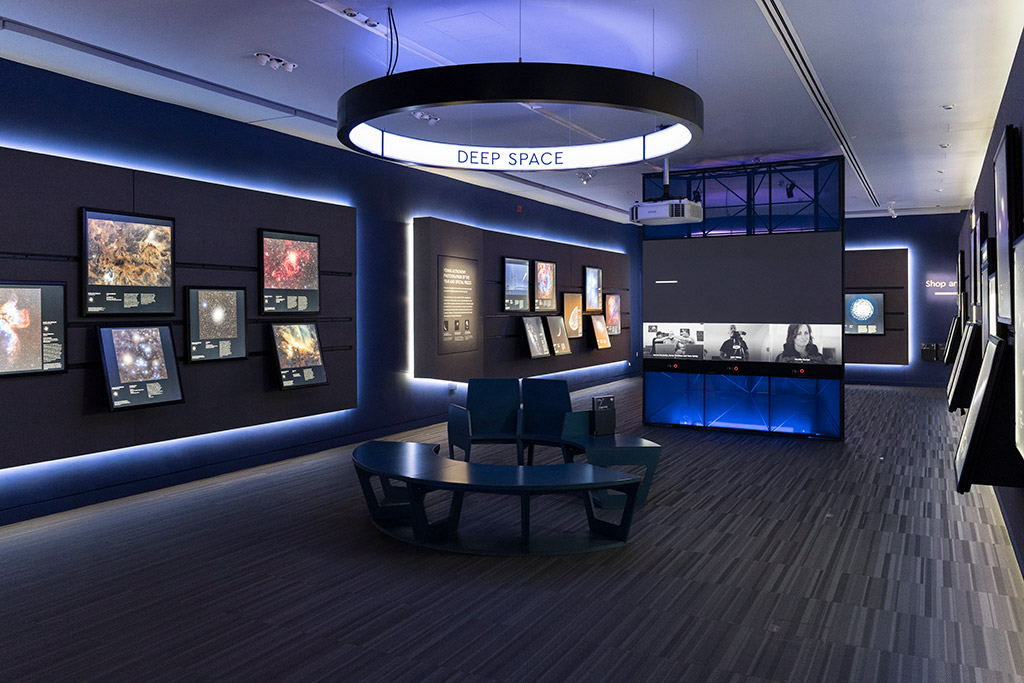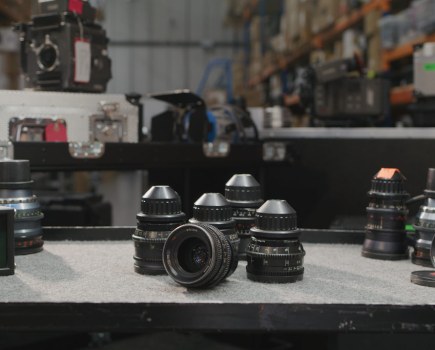Royal Observatory Greenwich has announced the Astronomy Photographer of the Year 2024 competition is now open for entries. The 16th competition which is supported by Liberty Specialty Markets and in association with BBC Sky at Night Magazine searches for the most inspiring images of our cosmos – including the night sky, the moon, stars and planets.
There are eight categories and entrants have up until midday on Tuesday 5th March to submit their images. Winners, runners-up and highly commended photos will feature in an exhibition at the National Maritime Museum from September 2024.
4 January 2024: Royal Observatory Greenwich, supported by Liberty Specialty Markets and in association with BBC Sky at Night Magazine, announces the dates for the Astronomy Photographer of the Year 16 competition – the annual search for the most inspiring images of our cosmos.
The internationally acclaimed competition is now in its sixteenth year and is open to all ages and abilities across the globe. Entrants have from Thursday 4 January 2024 until midday on Tuesday 5 March 2024 to submit their work. Up to ten images can be entered into various categories via www.rmg.co.uk/astrocomp (entry fees apply, for more information check the competition rules).
100 breathtaking images, including all the winners, runners-up and highly commended entries, from the Astronomy Photographer of the Year 16 competition will be displayed in an exhibition at the National Maritime Museum from September 2024. Astronomy Photographer of the Year has eight main categories:
• Skyscapes: Landscape and cityscape images of twilight and the night sky featuring the Milky Way, star trails, meteor showers, comets, conjunctions, constellation rises, halos and noctilucent clouds alongside elements of earthly scenery
• Aurorae: Photographs featuring the Northern and Southern Lights
• People and Space: Photographs of the night sky including people or a human interest element
• Our Sun: Solar images including solar eclipses and transits
• Our Moon: Lunar images including lunar eclipses and occultation of planets
• Planets, Comets and Asteroids: Everything else in our Solar System, including planets and their satellites, comets, asteroids and other forms of zodiacal debris
• Stars and Nebulae: Deep-space objects within the Milky Way galaxy, including stars, star clusters, supernova remnants, nebulae and other intergalactic phenomena
• Galaxies: Deep-space objects beyond the Milky Way galaxy, including galaxies, galaxy clusters and stellar associations
As well as the main categories, Astronomy Photographer of the Year includes the Young Astronomy Photographer of the Year prize, which is open to budding astronomers under the age of 16, and two special prizes, The Sir Patrick Moore Prize for Best Newcomer and The Annie Maunder Prize for Image Innovation.
The Sir Patrick Moore Prize for Best Newcomer is open to amateur photographers who have taken up astrophotography in the past year and have not entered an image in the competition previously. The Annie Maunder Prize for Image Innovation recognises the best photo processed using pre-existing open-source data, bringing together the worlds of the arts, astronomy and astrophotography. Visit rmg.co.uk/imageinnovation to learn more about The Annie Maunder Prize for Image Innovation and see step-by-step guides for finding images and image processing. Last year’s winner, Black Echo by John White, pushed the boundaries of creativity by using audio source material from NASA’s Chandra Sonification Project, to visually capture the sound of the black hole at the centre of the Perseus Galaxy Cluster.
Entries to the competition must be submitted by 5 March 2024, and the winning images will be showcased in the annual exhibition at the National Maritime Museum, opening in September 2024. Photographers can enter online by visiting apy.rmg.co.uk. Each entrant may submit up to ten images to the competition.
Related content:
- Best photography competitions to enter
- Best photography exhibitions to see
- How to photograph the moon – and super moon!
- How to shoot star trails – in 6 easy steps
- Complete guide to Astrophotography – Window to the universe
Follow AP on Facebook, Twitter, Instagram, YouTube and TikTok.








